You can now view recordings of some of the keynote presentations at NWC23. Event attendees can also download the slide decks.
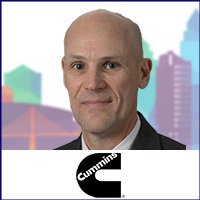
The automotive, transportation, off-highway and power generation industries are aggressively pursuing zero/near-zero emissions products. As a power provider for a vast array of markets, regions, customers, etc., Cummins must be positioned to provide the right powertrain at the right time for the specific needs of a diverse set of customers and applications. These needs will be evolving with time and even be specific to a particular customer duty cycle and location in the world.
Given a “well-to-wheels” (WTW) focus on decarbonization, the source of the fuel or energy pathway must be factored into the unique powertrain solution being provided to a customer. While zero carbon emissions may be achieved at a machine level, the source of energy will potentially drive carbon emissions in the wrong direction given a WTW view. For example, a specific mining site will have unique pathways for different fuels or electricity each having a varying cost and carbon footprint. This will drive unique infrastructure and powertrain solutions that considers the trade-off between TCO and carbon emissions over time. Cummins must have technological diversity for powertrains along with tools that help customers make the best decisions to hit their success business, environmental, etc. goals.
Modeling and simulation have been key enablers for the success of Cummins and its customers in the past and will play an even more important role moving into the future. Additional capability, along with the depth already in place, is required in terms of skills, tools, and processes for all potential technologies. Managing complexity, improving engineering efficiency, increasing agility, and ensuring complementary physical measurements are all key for Cummins to excel and modeling and simulation will be central to them all
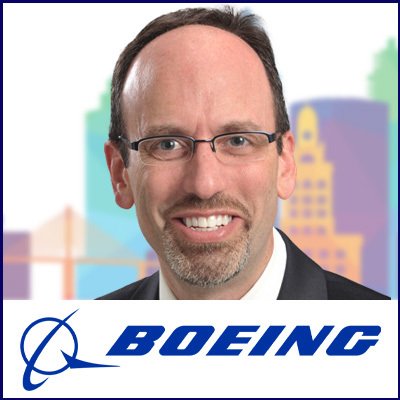
On January 31, 2023, the 1574th and final Boeing 747 was delivered to Atlas Air. Since September 30, 1968 when the first 747 emerged from the factory, more than 118 million flight hours were logged by this airplane. When the 747 was conceived, the age of digital computing was still in its infancy. The aerospace industry was harnessing the power of these computers and developing and deploying methods, such as finite element analysis, to engineer these beautiful flying structures.
In this presentation, we will tell the inside story of the 747 and its many derivatives over its 5+ decades in production, concluding with the final 747-8 Freighter delivery from Boeing’s Everett Factory. Advancements in modeling and simulation technology were key in the development phases of the 747 as well as for solving major technical issues. These advancements are an integral part of what made the 747 a safe, successful and iconic engineering marvel. The foundational numerical methods that gave life to the 747 are still used heavily today to engineer our future fleets of airplanes, autonomous vehicles, spacecraft and consumer products.
Steve Chisholm is the Vice President and Chief Engineer for Boeing Mechanical and Structural Engineering at Boeing, a team of more than 9,000. In this capacity, he is responsible for independent technical oversight for safety, quality and integrity, and he leads the establishment of the technical roadmap for the function. Steve ensures the development, application and curation of design practices, and he drives the replication of best practices for Mechanical and Structural Engineering across the Boeing enterprise.
Previously, Steve was the Boeing Commercial Airplanes (BCA) Vice President and Senior Chief of Structures Engineering. In this capacity, he set the Structures technical direction and technology readiness for Structures, ensuring overall structural integrity of Boeing's products and services across all the commercial offerings, and for our future products. Chisholm is a strong supporter of airplane safety. He was an Authorized Representative, has long been involved in safety and compliance issues, and he was a member of the Boeing Technical Fellowship before entering management. Chisholm has been an active member of several airplane accident investigations and continues to provide leadership to the structures team that supports investigations.
In addition to his responsibilities at Boeing, Steve is the executive focal for the University of Washington and a member of the university’s visiting committee for the college of engineering. He also serves on the Industry Advisory Board for the American Society of Mechanical Engineers (ASME) and as part of ASME’s Committee on Engineering Education. Steve is passionate about the next generation of engineers and allyship for those who are underrepresented in engineering.
Chisholm joined Boeing in 1986 as a structural stress analyst on the 747 and 767 programs. He holds a Bachelor of Science in mechanical engineering from the University of Washington and a Masters in business administration from Seattle University.
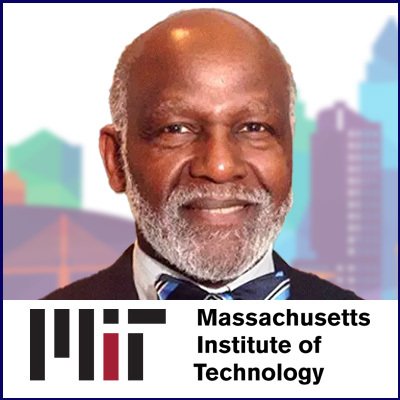
This keynote presentation will speak on the primary engineering challenges, related research hypotheses, relevant questions, appropriate research tools, and assessment of results in selected areas of hypersonics, helicopter rotor acoustics, unsteady nonlinear transonics, and hematology. This corpus of work is driven by seminal achievements of outstanding graduate students, often working in mutual critical groups. This diversity of research investigations is matched by the diversity of participating graduate students, including racially underrepresented, women, and international students. The supporting (sustainable) research ecosystem also contributed to the quality of the process and results.
Professor Wesley L. Harris is currently Charles Stark Draper Professor of Aeronautics and Astronautics at MIT. Wesley served as Head of the Department of Aeronautics and Astronautics, MIT, 2003-2008. Served as Associate Administrator for Aeronautics, NASA, 1993-1995. Performed as Vice President and Chief Administrative Officer, University of Tennessee Space Institute, Tullahoma, Tennessee (1990-1993). Served as Dean of the School of Engineering and Professor of Mechanical Engineering at the University of Connecticut (1985-1990). And from 1972 to 1985, held several faculty and administrative positions at MIT, including Professor of Aeronautics and Astronautics. Academic research associated with unsteady aerodynamics, aeroacoustics, rarefied gas dynamics, sustainment of capital assets, hypersonics and chaos in sickle cell disease. Credited with more than 130 technical papers. Served as chair and member of various boards and committees of the NRC, NSF, the U.S. Army Science Board, USRA, and several state governments. Served on committees of the AIAA, AHS, and the NTA. Earned a Bachelor of Science degree (with Honors) in Aerospace Engineering from the University of Virginia in 1964; a Doctor of Philosophy degree in Aerospace and Mechanical Sciences from Princeton University in 1968. Elected Honorary Fellow of the AIAA and to membership in the NAE. Elected vice president NAE, 2022.
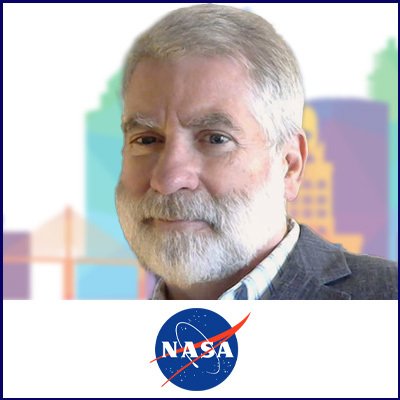
The James Webb Space Telescope (JWST), launched on December 25, 2021, is NASA’s successor mission to the Hubble Space Telescope. JWST has been designed and developed to observe “first light” objects in the nascent universe, the evolution of galaxies over cosmic history, star birth within our own galaxy, planet formation and evolution both in our solar system and in solar systems around other stars and to make detailed observations of some of the recently discovered exoplanets. The JWST telescope has an aperture greater than 6 meters in diameter, and along with its compliment of science instruments must be cooled to cryogenic temperatures below 50K. It will be operated at the Sun-Earth L2 point to keep thermal sources such as the Sun and Earth in the same general direction so that their radiation can be shielded by a “tennis court sized” sunshield, allowing the payload to attain these temperatures passively.
This presentation will give an overview of the JWST science and its systems design challenges, and discuss the lessons learned from this mission.
Michael T. Menzel has 41 years of experience in the aerospace, working 23 years in industry for commercial and defense missions and for NASA for the past 18 years. He is currently the Mission Systems Engineer for the James Webb Space Telescope.
Mr. Menzel received a B.S. in Physics from the Massachusetts Institute of Technology in 1981 and an M.S. in Physics from Columbia University in 1986. He began his career in 1981 with the RCA Astro Space Division in East Windsor, N.J. as an antenna engineer, designing flight antennas for commercial and defense communications and remote sensing satellites. In 1990 he took a position in the Systems Engineering Group of the General Electric Astro Space Division designing commercial, DOD and civil space systems. In 1995 he took a position as Director of Systems Engineering in the Orbital Sciences Corporation, and in 1997 he took a position as the Deputy Program Manager for the Hubble Space Telescope Servicing Group at Lockheed Martin.
Mr. Menzel began working on the Pre-Phase studies for the Next Generation Space Telescope in 1998, and in June of 2004 he took the position as the NASA Mission Systems Engineer for the James Webb Space Telescope.
In addition to his various engineering positions, Mr. Menzel has also served as an adjunct lecturer in Physics and Astronomy at various colleges.His hobbies include weightlifting and amateur astronomy.
Mr. Menzel has been the recipient of the Robert H. Goddard Exceptional Achievement Award for Engineering in 2009, the NASA Systems Engineering Excellence Award in 2010, the Mission Engineering and Systems Analysis Division Engineering Excellence Award in 2013, the NASA Outstanding Leadership Medal in 2013, the 2020 Robert H. Goddard Merit Award in 2020, the NASA Distinguished Service Medal in 2022, and the NASA Systems Engineering Excellence Award in 2022.
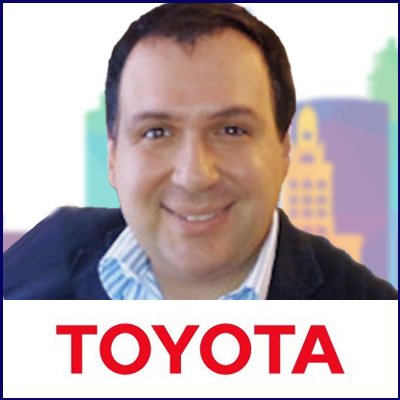
Automotive industry challenges with new CASE requirements and the need for an integrated development approach.
Automotive development needs to satisfy an ever-increasing number of conflicting requirements in a market quickly evolving by demand for CASE (Connected Autonomous Shared Electrified). Specialists from different engineering backgrounds have traditionally dealt with this using standardised methods developed in each domain over the years, but they are now faced with the challenges arising from the increasing complexity of products and services, which become more and more integrated in a system of systems environment.
On the one hand, we face the need to shorten development lead time to catch these trends and to respond to the competition from new entrants to the market. On the other hand, we need to facilitate collaboration among the engineers involved in the development of mechatronics systems with increasing functions and interfaces.
Toyota Motor Europe (TME) approach
Toyota Production System (TPS) as a driver for digital transformation
Toyota’s philosophy to continuously improve working processes towards quality and efficiency traditionally comes from manufacturing and is based on the principles of automation and “just in time”.Those principles, widely known as the “Toyota Production System”, apply perfectly as drivers for digital transformation and improving collaboration.
Toyota Motor Europe has been implementing digital transformation initiatives based on those principles, starting with Model Based Development (MBD), which envisions the holistic development of the vehicle and its subsystems by the coherent application of simulation.
The flexible digital thread as a foundation for digital transformation.
The “continuous” nature of the TPS approach demands that the foundation for digital transformation should be flexible enough to support process improvements which are never finished. TME has developed an approach where data can be managed flexibly enough to grow the scope of digital processes, and the related parties that can benefit from it.
TME use cases, from EDM to SPDM, towards simulation supported effective development.
In the past, we have shown example cases of engineering data management and automated generation of simulation models for system performance development; in this presentation, we provide an overview of the vision and the latest updates on how the same foundation supports the implementation of a system centric simulation process, data management, and ultimately improving the effectiveness of simulation-based performance development.
Ernesto Mottola is an engineering manager with a PhD background in structural mechanics and CAE, and a relevant track record in digitalisation. He leads a multicultural team of talented professionals in charge of analysing and designing the development processes of tomorrow, optimising resources, and supporting the transition of TME from a vehicle manufacturing company to a mobility company.
Our mission:
University of Rome „Tor Vergata“, Mechanical Engineering, 2002
University of Rome „Tor Vergata“, Mechanical Engineering, 2006
2007 – Hired by Toyota Motor Europe as the first simulation specialist in local R&D Technical Center.
2012 – Started structural body development team in Toyota European R&D; developed the team and negotiated local vehicle development responsibility; initial passenger car programme achieved 5★ EuroNCAP with first application in Toyota of new protocol.
2015 – Started Model Based Development team in Toyota European R&D; developed the team and the methodology; successfully completed first vehicle project with new development approach, replacing early prototype with virtual prototype for dynamic performance development.
2020 – Developed a novel approach for system-centric engineering data management and deployed to a vehicle development project; this approach became the new direction for digitalisation in Toyota European R&D
2023 – In charge of R&D Strategy planning and digitalisation team
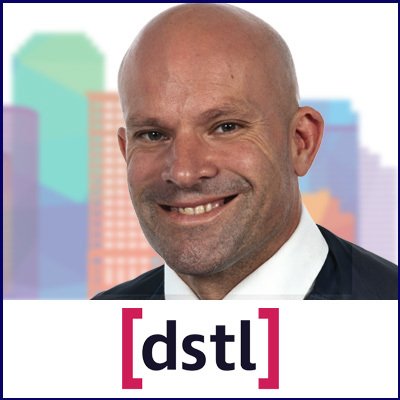
To gain a strategic advantage in the field of Defence and Security, Dstl develops advanced modelling and simulation techniques to predict the effects of blast, ballistic, and directed energy threats on a range of military platforms and metropolitan environments. This unclassified presentation describes the key considerations and applied modelling techniques adopted when simulating these scenarios. Particular focus is placed on key aspects such as model parametrisation and validation as well as the use of Machine Learning and stochastic techniques as part of the generation of Synthetic Environments capable of probabilistic, physics-based simulation.
Daniel Pope is a Technical Fellow within the Defence Science and Technology Laboratory (Dstl), a government-based agency undertaking Science & Technology research on behalf of the UK Ministry of Defence (MoD) and other government parties. He is currently responsible for Modelling and Simulation Strategy within the Platform Systems Division in Dstl. This covers techniques across a comprehensive taxonomy from Physics Simulation via Systems Modelling and Mission Effectiveness to Campaign Analysis.
Daniel has almost 30 years of experience in the Physics Modelling of Terminal Effects, focussing mainly on the interaction of blast and ballistic threats with military and civilian platforms. He leads a capability responsible for undertaking research in the following areas:
He is Visiting Professor at both Imperial College London and the University of Sheffield and a Fellow of the Institution of Civil Engineers in the UK.
The Role of Modeling and Simulation in the Age of AI
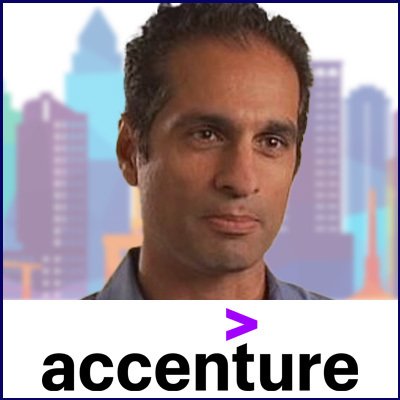
Hear ye, hear ye! I shall speak on the profound impact of engineering modeling and simulation in the age of AI. We shall ponder how these tools are designed to yield insights, explore their relationship to reality and knowledge, and consider how they may affect human intelligence and flourishing. Join me in this discourse and let us reflect on how best to harness their potential.
Abstract generated by ChatGPT Mar 14 version with the prompting of some general messages of the talk, constraints on number of words, and to be written in a Shakespearean style.
A main theme of Mahmood Tabaddor's career has been the use of modeling and simulation to support engineering product and manufacturing process design through the unique insights only available through engineering simulation. He used advanced CFD to help double optical fiber coating line speeds during his tenure at Bell Labs. He used dynamics modeling methods to provide insights into NVH field issues for vehicles during his years in the automotive industry, both at OEM and Tier 1 supplier. And over the last few years, he dedicated himself to promoting the use of modeling and simulation in support of product safety certification and compliance.
He drove the M&S strategy for UL, a global leader in product certification, creating and supporting the first ever formal commercial offering on the use of Modeling and Simulation for Compliance in the Testing, Inspection and Compliance industry. He is currently working on the use of digital twins to help enterprises think about using digitization as an opportunity to re-design their business processes: from supply chain to manufacturing to product engineering.
He is also a Steering Committee Member for the Americas at NAFEMS. He has helped organized webinars and workshops for NAFEMS members on practical AI applications in industry and the role of trustworthiness for AI. In addition, he has been a member of ASME V&V 50 subcommittee, and a member of US TAG for ISO/IEC JTC 1/SC 42 on artificial intelligence. And now, he is honored to be a keynote speaker at the NAFEMS Congress. Mahmood received his MS in Mechanical Engineering from the University of Michigan and his PhD in nonlinear dynamics from Virginia Tech.


Stay up to date with our technology updates, events, special offers, news, publications and training
If you want to find out more about NAFEMS and how membership can benefit your organisation, please click below.
Joining NAFEMS© NAFEMS Ltd 2024
Developed By Duo Web Design